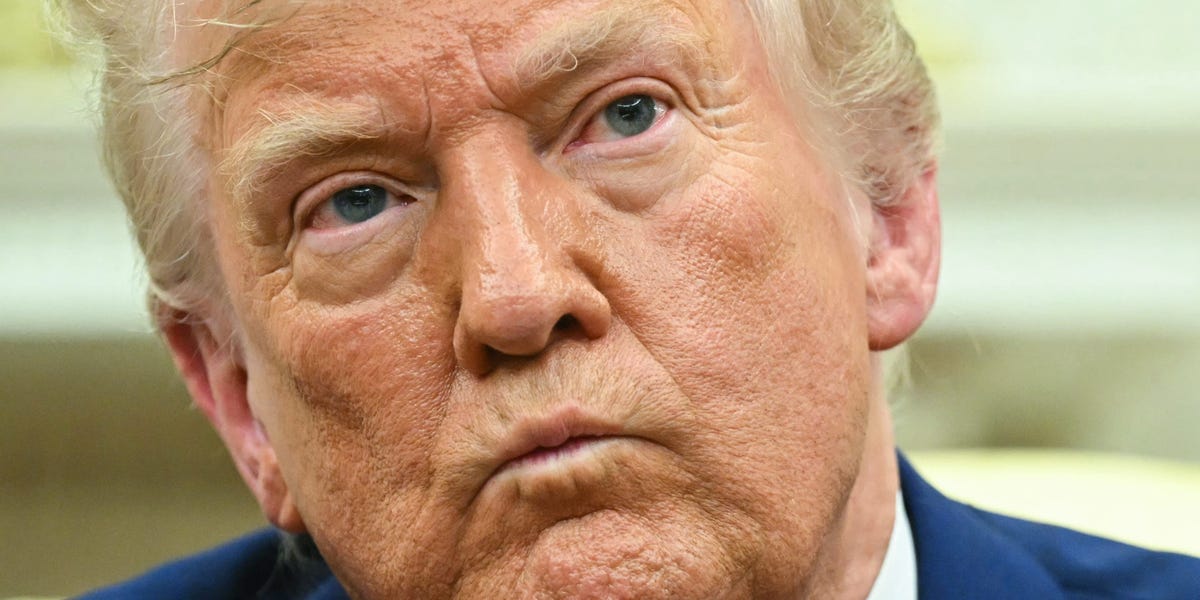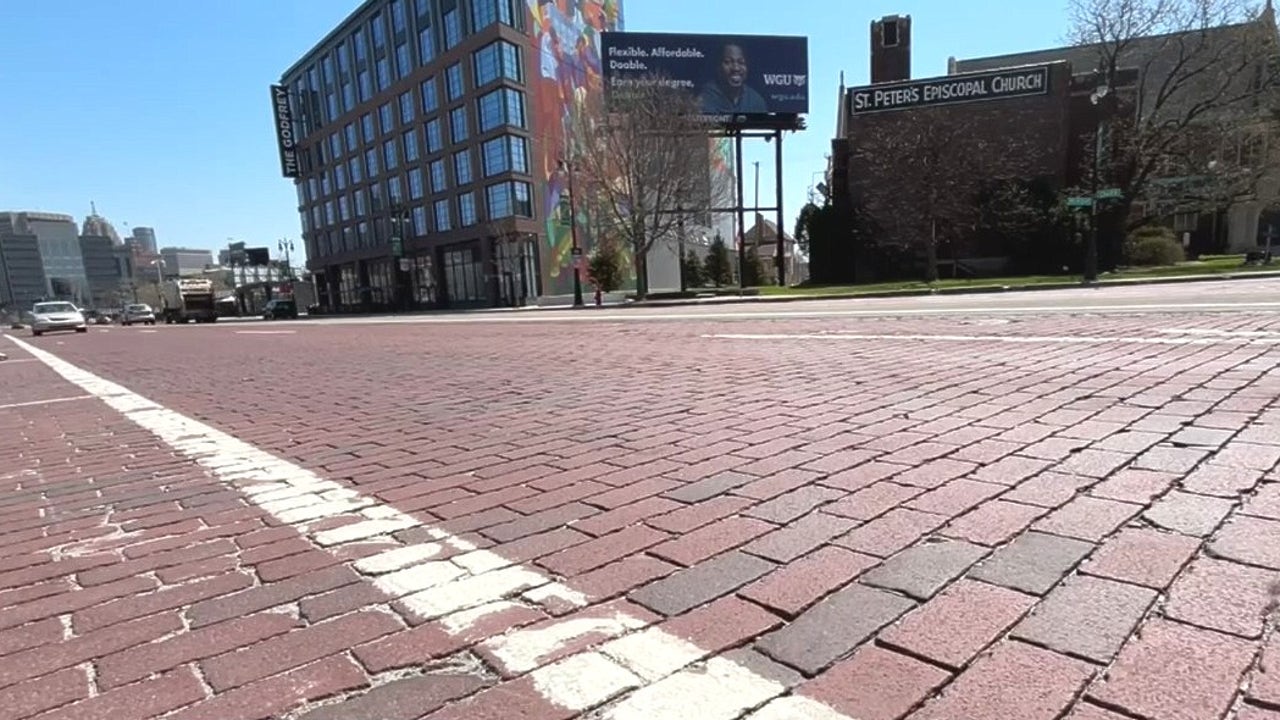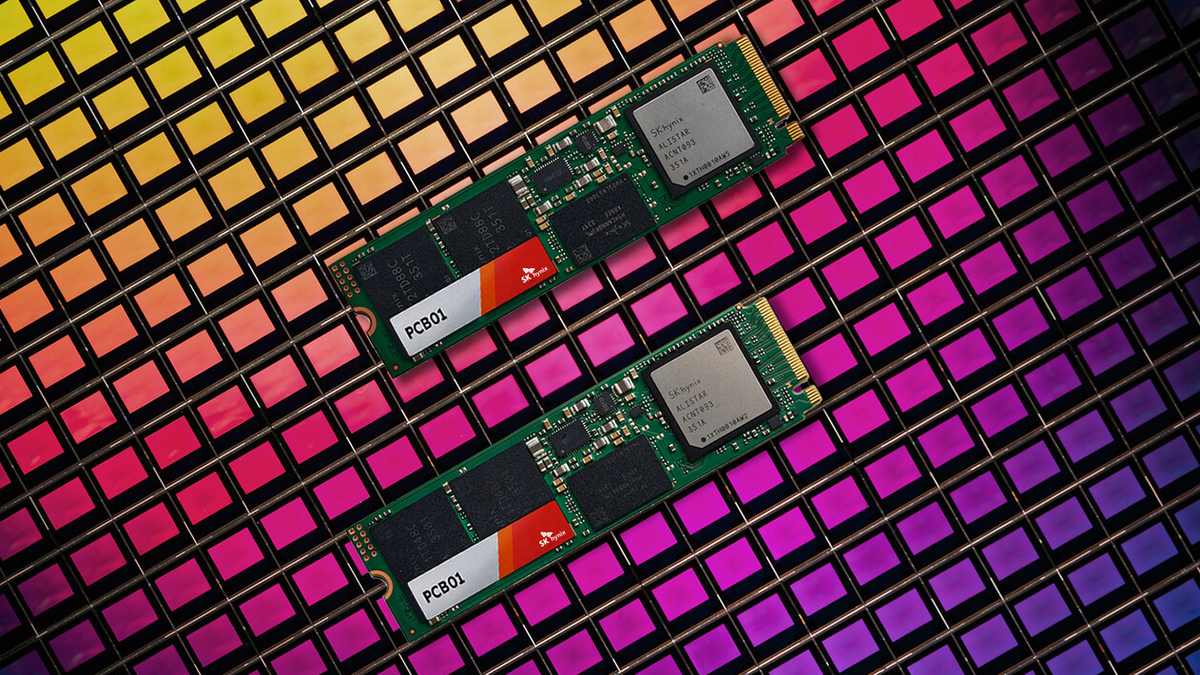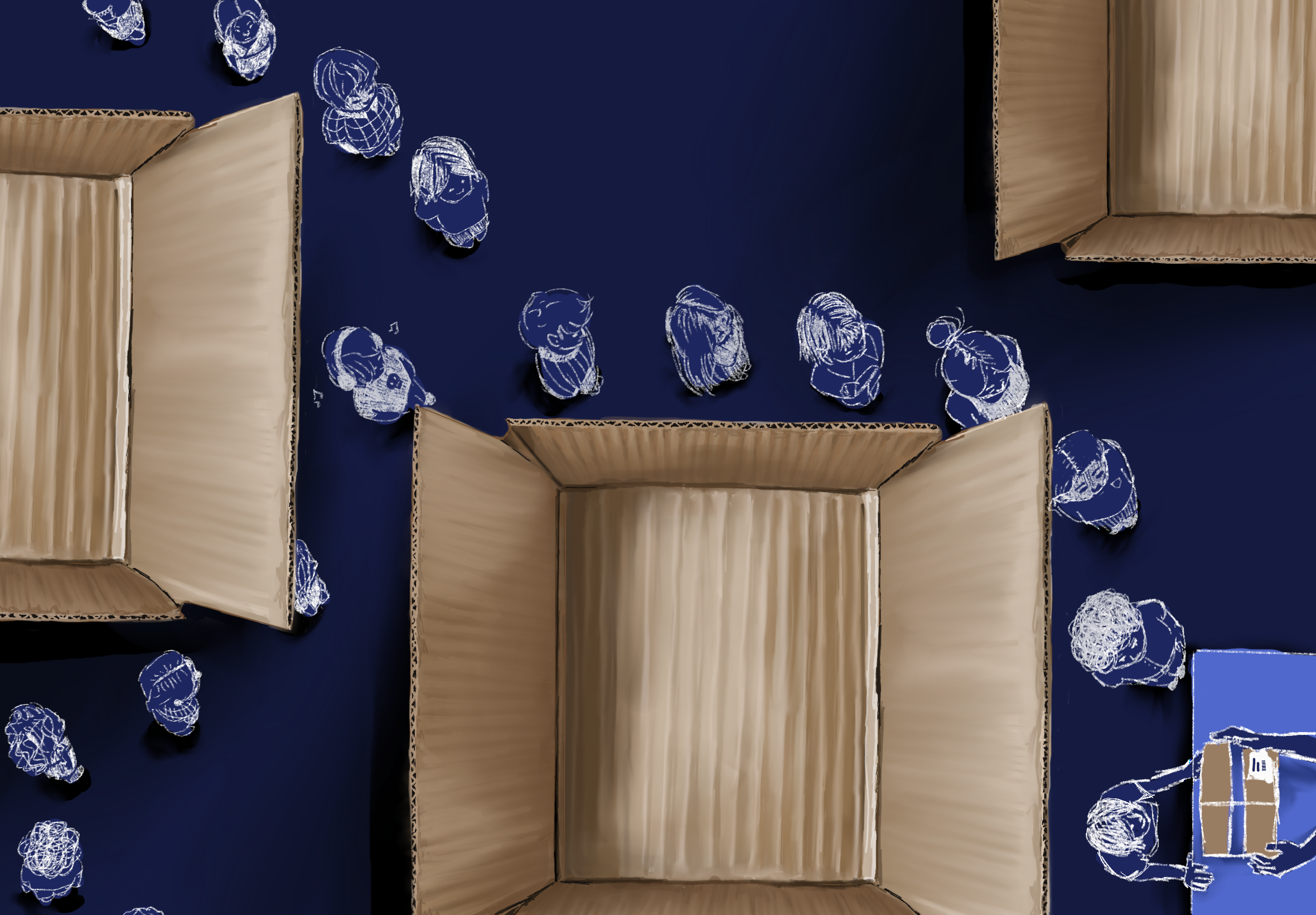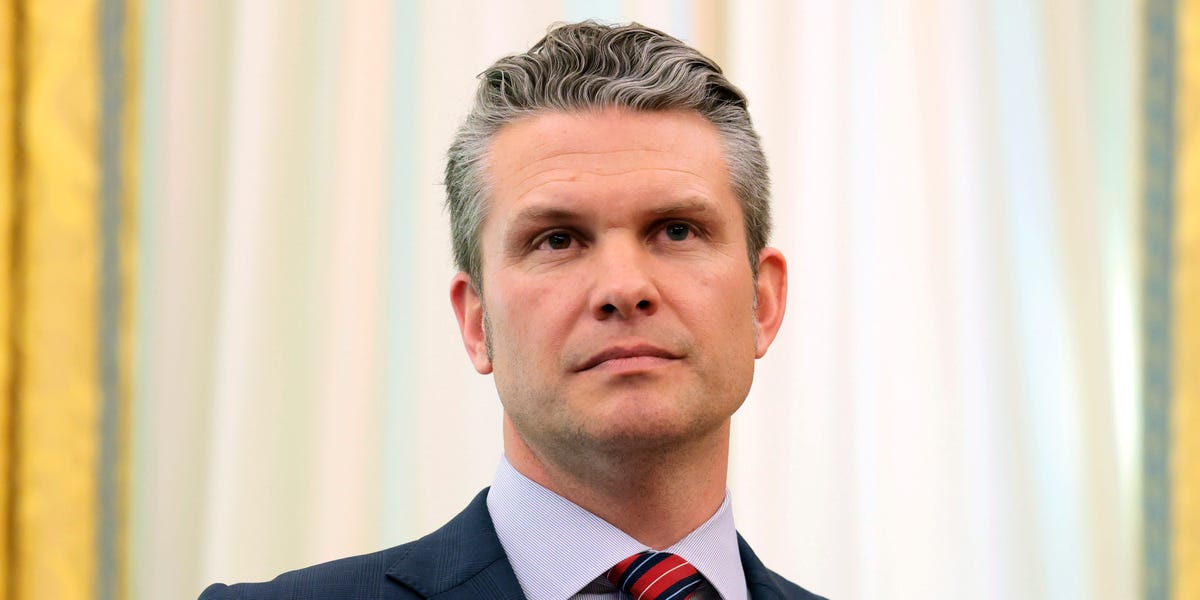Art World Trembles: Superchief Gallery Fights Downtown's Vanishing Act
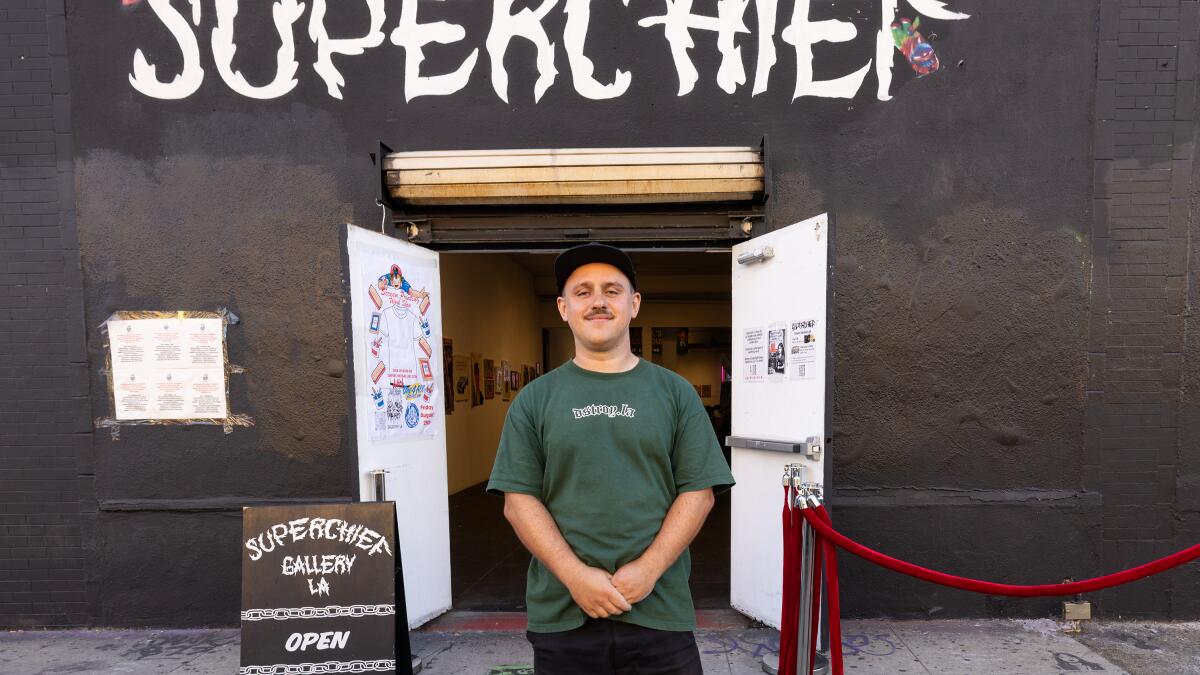
In the vibrant landscape of Los Angeles' art scene, Superchief Gallery has been a pioneering force since its inception in 2014. The gallery, renowned for championing street culture and emerging artists, now finds itself at a critical crossroads. Battling a challenging economic environment marked by shrinking sponsorships and declining art sales, the beloved cultural hub faces the stark possibility of permanent closure.
What began as a groundbreaking platform for underground and street art has become a testament to the fragile nature of independent art spaces. The gallery's journey reflects the broader struggles faced by alternative art venues in maintaining financial sustainability amid shifting market dynamics.
As Superchief Gallery confronts an uncertain future, its potential closure would represent more than just the loss of a physical space—it would signify a significant blow to the street art community and the diverse creative voices it has consistently supported over the past decade.


